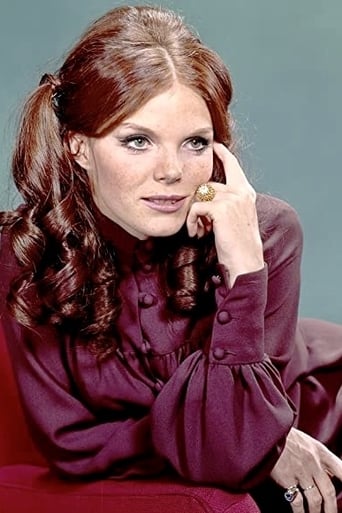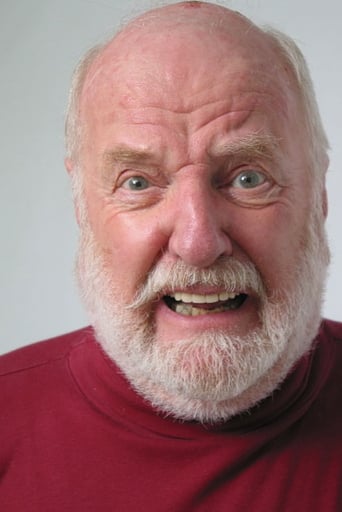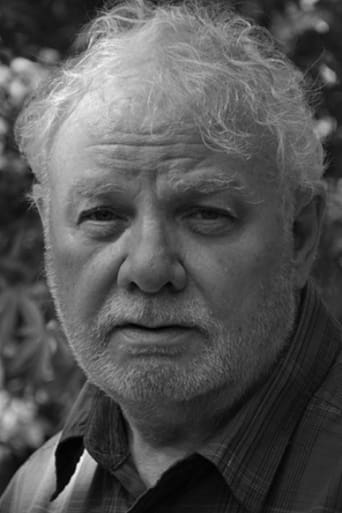Claysaba
Excellent, Without a doubt!!
Dorathen
Better Late Then Never
Glimmerubro
It is not deep, but it is fun to watch. It does have a bit more of an edge to it than other similar films.
azjimnson
I had the good fortune to interview Bud Cort when this film was released in the US in 1980. He told me that he felt as a character, Max, was closer to his actual character than the more eccentric roles he was most well known for playing. Apparently the book on which this movie is based is almost required reading for Canadian students at the level of US high school students. The film was a big hit in Canada. I would like to correct what one user review said about the film being shot in black and white. It was shot in color, but in muted tones. There's a "magic hour" shot of people carrying lanterns across a field that is quite striking, and reminded of the photography in "Days of Heaven."
dbdumonteil
The subject of "why shoot the teacher?" is a burning one,as much today as it was yesterday:the teacher,fresh from his training college ,who takes his first class ,in a dead-and-alive hole (or ,worse,in the wrong side of the town).The young man (or woman)understands that all that he learned in college ,all the highest theories can't help him with his thankless job.His pupils are not the ones he was expecting.Any teacher,when he began,has been through all this. Bud Cort ,famous for his part of Harold in "Harold and Maude " is ideally cast as the young schoolteacher:his youthful looks ,his naive face and his resilience work wonders.For, in this part of Canada,mother nature is not really on his side.
vinciegirl
This movie allowed the viewer to gain some insight into life in the prairies. It is used in many classrooms as a tool which discusses information on the 1930s. The movie also contains some humour, even if it was corny.However the movie lacks strong does not expand on certain issues. For instance, it would have been interesting to know how many persons came out West during the depression. Or how this migration affected the prairies. Providing these details would have made the movie more informative to watch.VG
anafw
I think that overall, this movie was good. It seemed a bit short, and it lacked a few details linking parts of the story, which made it a bit difficult to follow. The graphics were slightly poor, but due to the technology of the time, I had to take into account the fact that it was made nearly three decades ago. I also think that it was a fairly accurate depiction of life in the Prairies during the 1930s, based on what we've learned in class about the era. I could easily link the time period to the movie through the actions, speech, and style of the actors and actresses in the story, as well as the cars featured and the houses' decor.In terms of style, I noticed that the people living in U.S. and the Praires during the 30s differed quite a bit. Some of the clothes and hairstyles that the women wore were similar, but the people of the Prairies were "country folk," and dressed more appropriately for their lifestyles. Alice, for example,(played by Samantha Eggar), wore the sleek, wavy, side-parted bob that many women of the era chose to sport. However, the difference in economic status was apparent in her attire. The aprons and plain skirts she wore had less appeal than the more elegant blouses and dresses that other women preferred.In conclusion, the movie was pretty effective in getting its message out to the audience. Bud Cort proved his acting skills alongside his pupils, and many important issues were discussed with respect to the conditions of the schools at the time, and Mr. Brown's personal experiences with Prairie weather. The movie was humorous, with a bit of drama, and still maintained a fair amount of accuracy in portraying life in the 1930s.-A. W.




